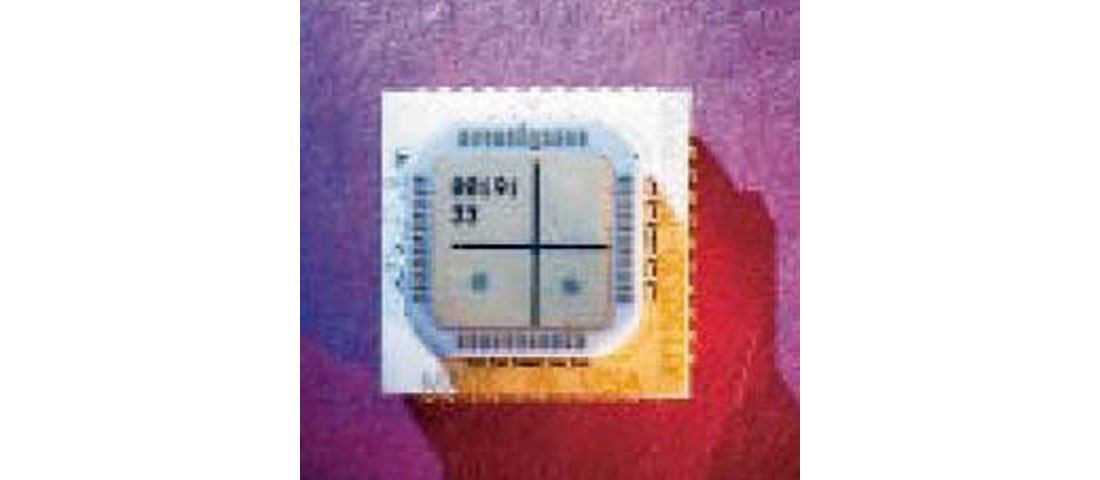For the last 60 years, seismic surveys have relied on a very simple but durable sensor – the geophone. Despite its long record of success, recent developments may ultimately make the geophone obsolete. Input/ Output, Inc. have developed a new 3-C digital which measures acceleration rather than velocity.
The MEMS (micro-electro-mechanical-system) design provides low intrinsic noise and ultra low distortion. The absence of analog signal paths makes the output much less susceptible to induced noise pickup.
In order to form a 3-C sensor arrangement, three of the MEMS devices are mounted orthogonally in a housing. Each sensor is very closely matched through calibration in the manufacturing process.

Miniaturization and digital force-balancing techniques allow the sensor to be operated at any angle, and even to measure this angle relative to gravity, a major advantage over traditional geophones, obviating the need for gimbals or great effort to ensure that land 3C cases are truly horizontal.
3-C acquisition enables full vector wave field (P- and S-waves) analysis. Information from a combination of P- and S-wave sensors has the potential to provide much more valuable data than that conventionally available. Examples are information about rock porosity, oil saturation, and preferential directions for oil flow of the rock matrix. In certain circumstances, S-wave data can image formations that cannot be adequately resolved by P-wave data alone.
The accuracy of the detection of 3-C ground motion sensing devices is termed vector fidelity. To achieve high vector fidelity, a sensor system must faithfully record the component of the ground motion in the sensing direction (axis), rejecting any signal arriving perpendicular to this axis. In addition, all sensing axes must exhibit an identical response (transduction) to the input energy.
Vector fidelity is particularly important when we consider repeat 3C surveys, or time lapse surveys, where the data from repeated surveys is processed to reveal differences in reservoir attributes. This information can be vital in managing the reservoir to achieve the maximum reservoir output.
Initial field tests employing the new sensor design show promise. If this promise is fulfilled, the industry will adopt a new paradigm regarding data value. The first I/O product using this new sensor technology will be the VectorSeis™ digital sensor system.











Join the Conversation
Interested in starting, or contributing to a conversation about an article or issue of the RECORDER? Join our CSEG LinkedIn Group.
Share This Article